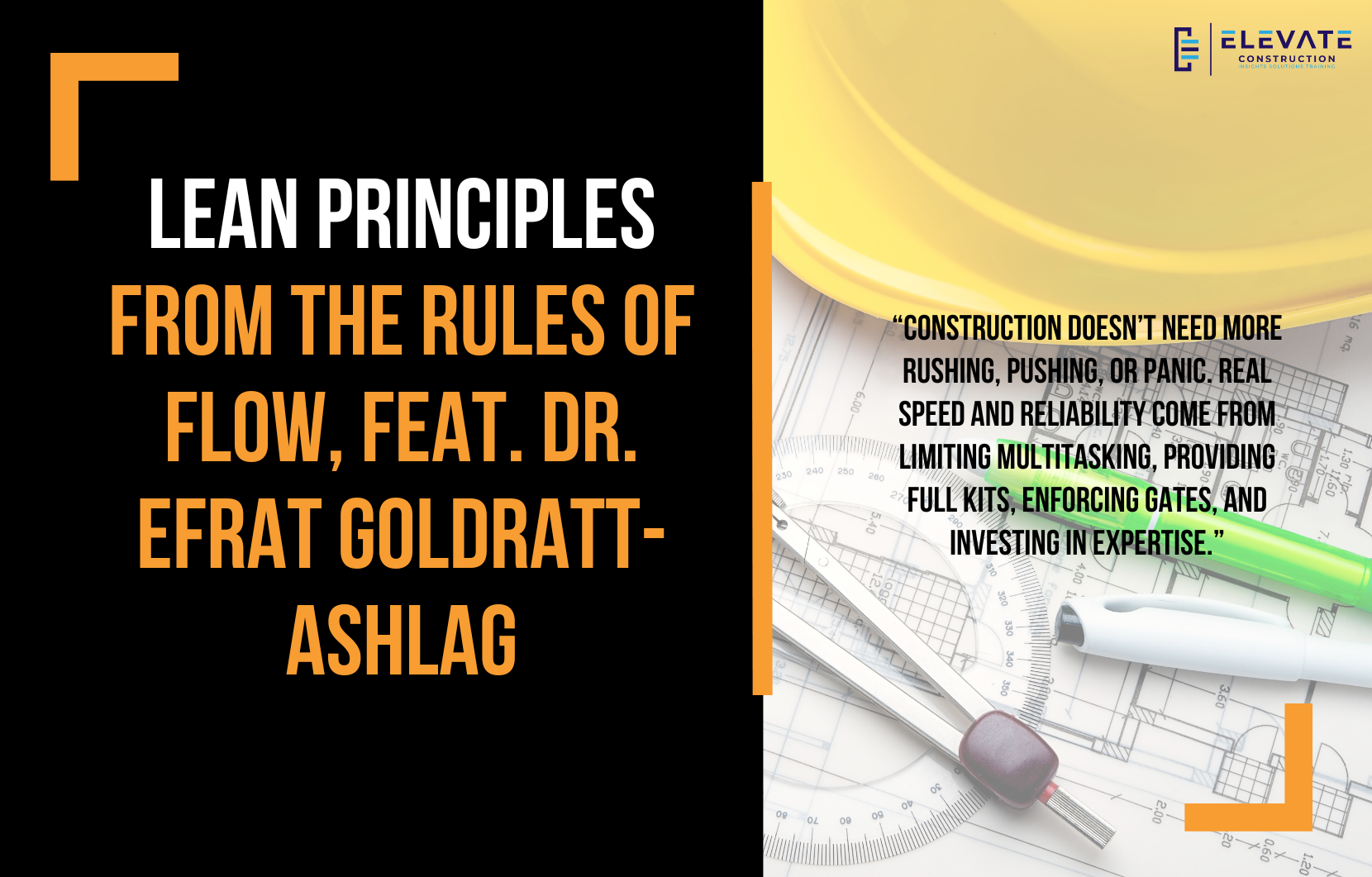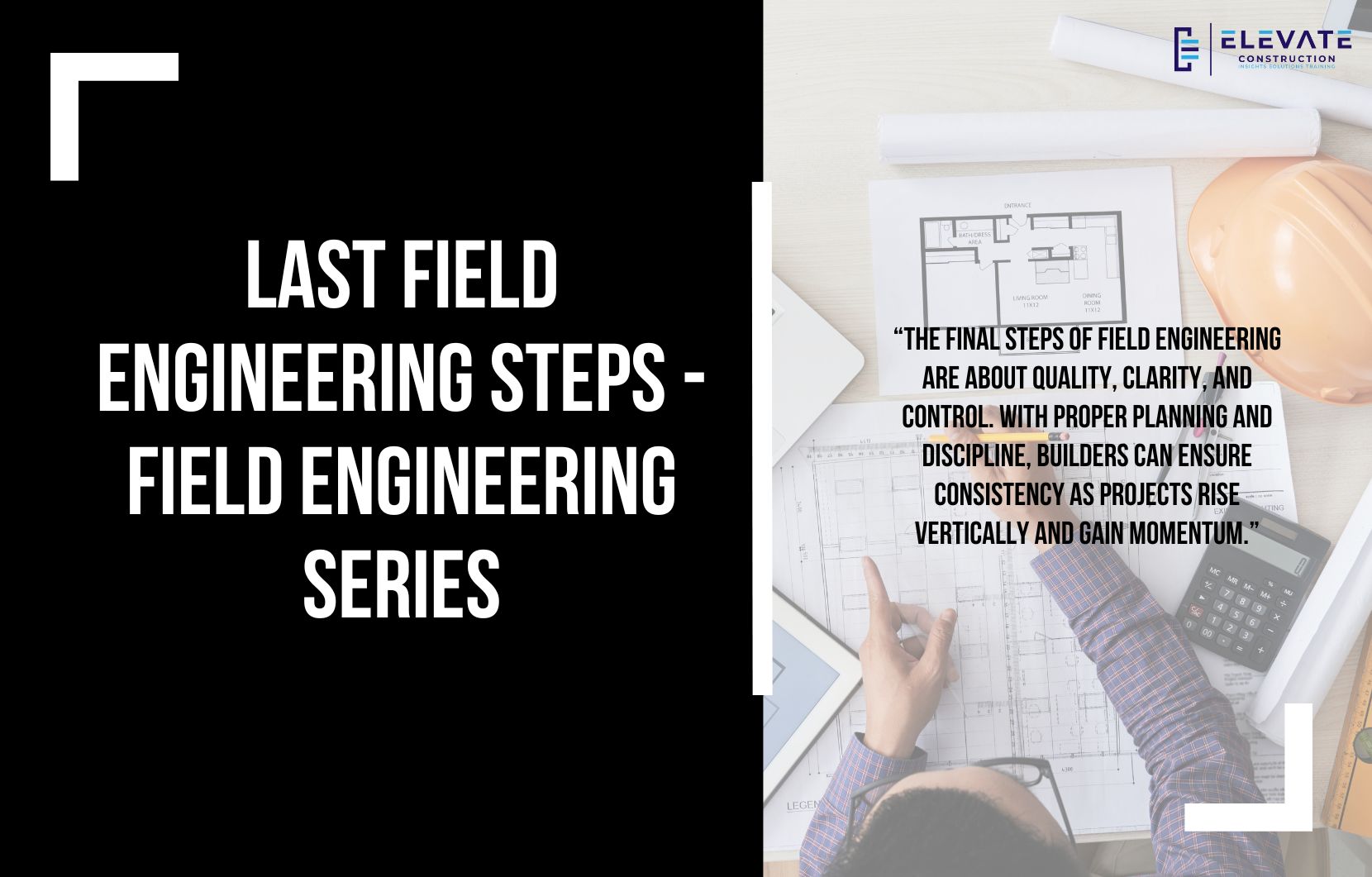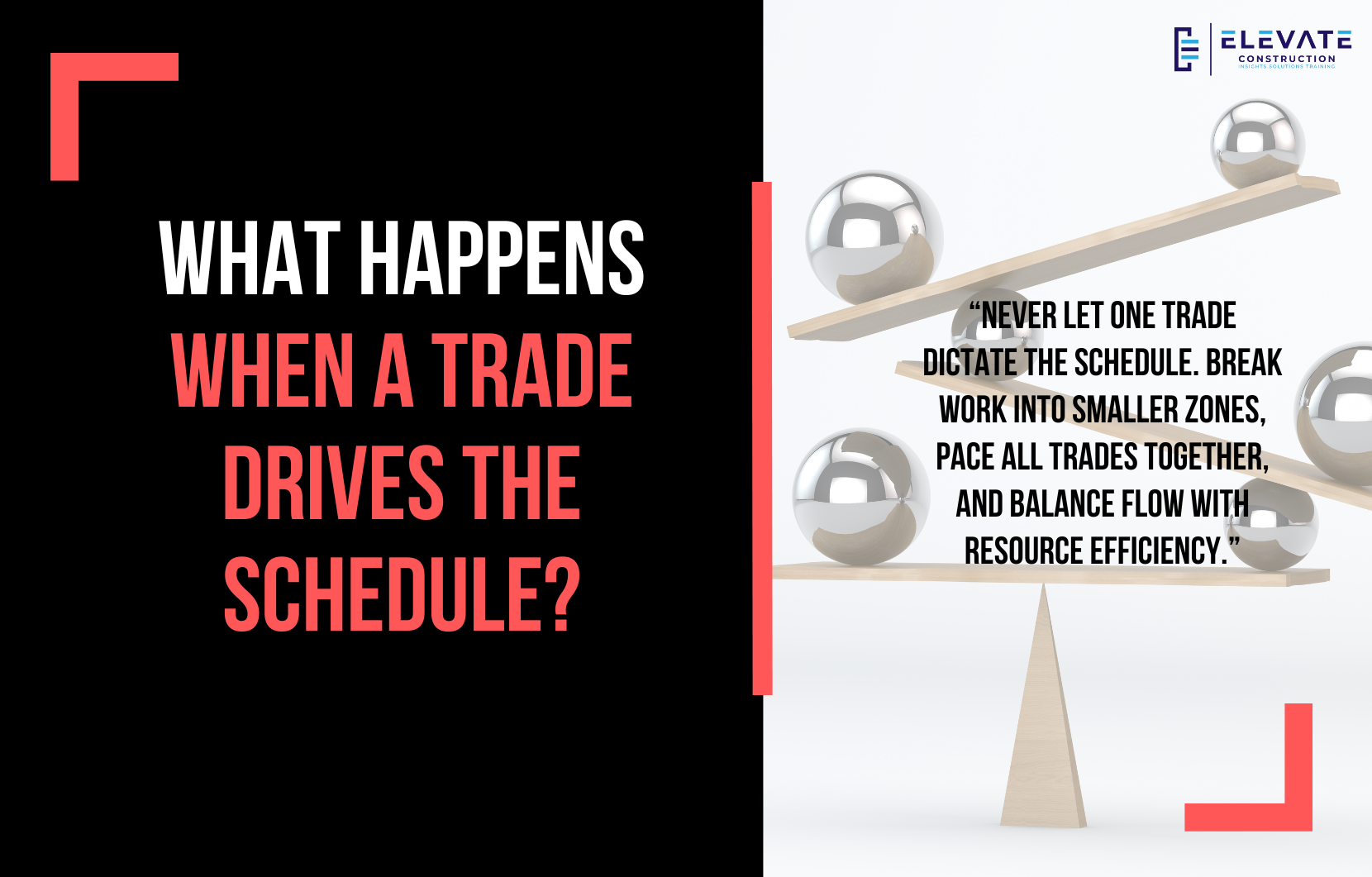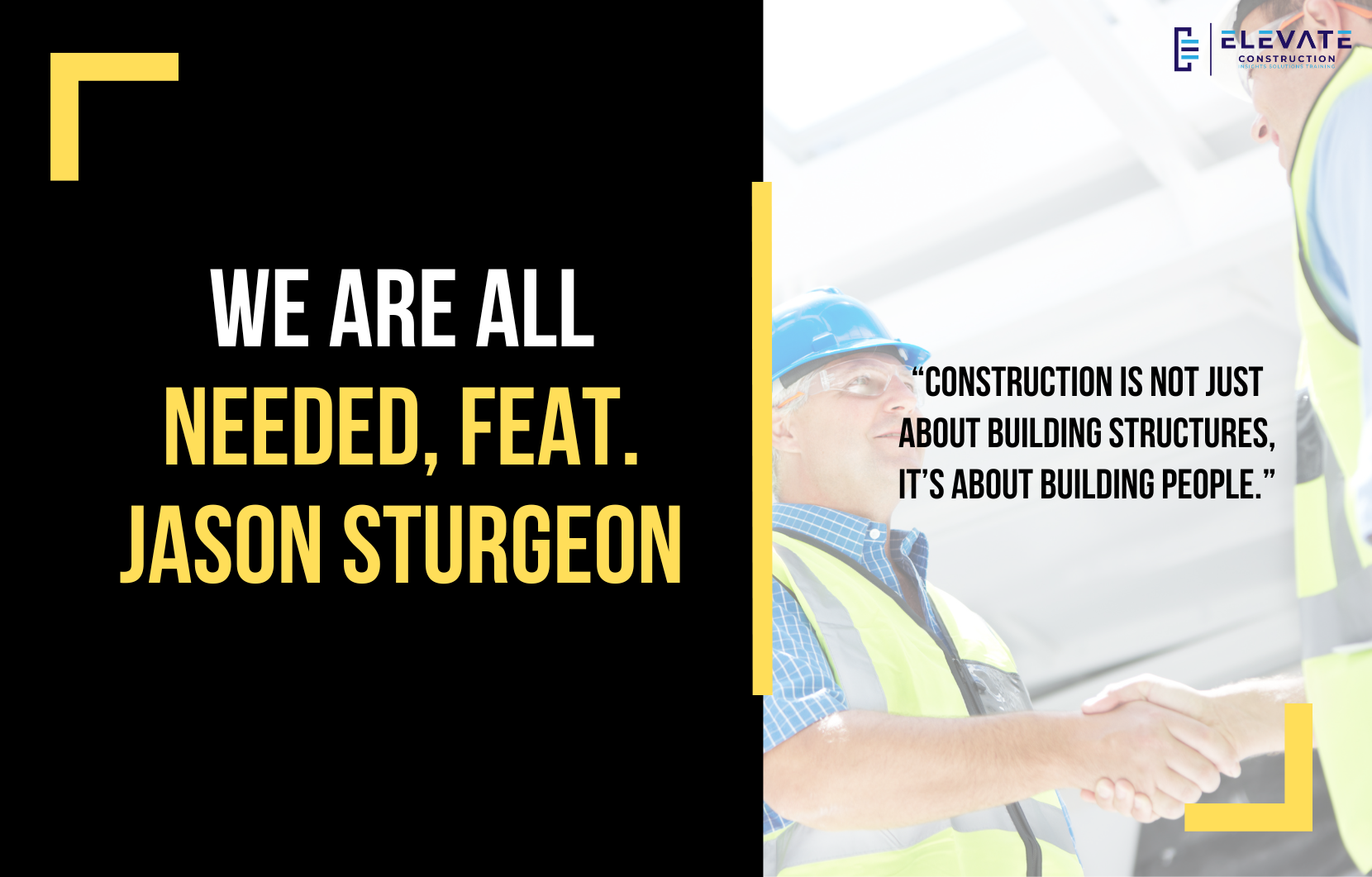Stop Undervaluing Work & Respect the Small Projects
In this blog, we’re diving into two critical concepts for lean construction companies, stop working prices down and smaller does not mean easier.
Recently, while pricing a large data center and then a smaller one, I noticed a common misconception: smaller projects are often assumed to be easier. In reality, that couldn’t be further from the truth. Large projects have repeatable phases, more buffers, and the ability to recover from mistakes. Smaller projects often come with smaller teams, fewer resources, and more context switching. The pace is faster, the risks are concentrated, and the pressure is higher. Having worked on projects ranging from $200,000 to $2 billion, I can confirm: smaller does not mean easier. Respect every project, no matter its size, and don’t underestimate the teams handling them.
The second concept is stop working prices down. Negotiating a fair price is one thing; manipulating or pressuring someone to reduce their value is another and it’s detrimental to long term relationships.
I recently worked with a client where our services saved them millions of dollars, yet they asked if we could reduce our $90,000 price. Even though their budget could accommodate it, I refused to undervalue the work. Once the scope is clear and the value is understood, the price is the price. Pushing further is slimy, dishonest, and ultimately harms the service provider and the industry. Proper negotiation is about win-win outcomes, not cutting someone’s value.
The principle applies across every type of service or vendor. Whether it’s a legal specialist, an insurance provider, or a trade partner, pay them what they’re worth if the data and scope justify it. Remember, most project managers and executives have no real skin in the game they’re insulated from the consequences of undervaluing others. But for the people doing the work, this has real impact. Treating your team and partners with respect is not only ethical it’s smart business.
Key Takeaway
Smaller projects are not necessarily easier they often require more effort, tighter coordination, and faster decision making than larger ones. Additionally, true lean leadership means respecting the value of service providers, clarify scope and negotiate fairly, but avoid manipulative tactics to force prices down. Pay people what they’re worth to build trust, sustain partnerships, and elevate the entire construction experience.
By internalizing these principles, construction leaders can elevate their projects, respect their teams, and create better outcomes for everyone involved.
If you want to learn more we have:
-Takt Virtual Training: (Click here)
-Check out our Youtube channel for more info: (Click here)
-Listen to the Elevate Construction podcast: (Click here)
-Check out our training programs and certifications: (Click here)
-The Takt Book: (Click here)
Discover Jason’s Expertise:
Meet Jason Schroeder, the driving force behind Elevate Construction IST. As the company’s owner and principal consultant, he’s dedicated to taking construction to new heights. With a wealth of industry experience, he’s crafted the Field Engineer Boot Camp and Superintendent Boot Camp – intensive training programs engineered to cultivate top-tier leaders capable of steering their teams towards success. Jason’s vision? To expand his training initiatives across the nation, empowering construction firms to soar to unprecedented levels of excellence.
On we go










